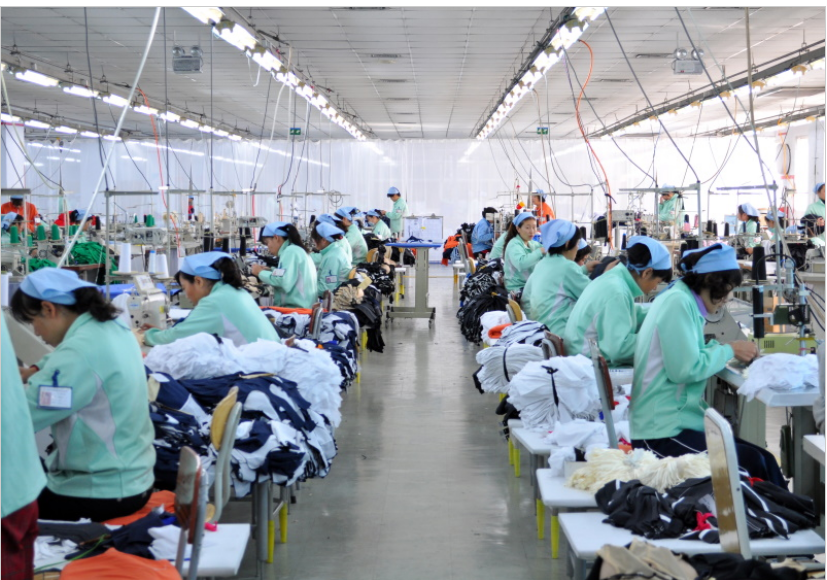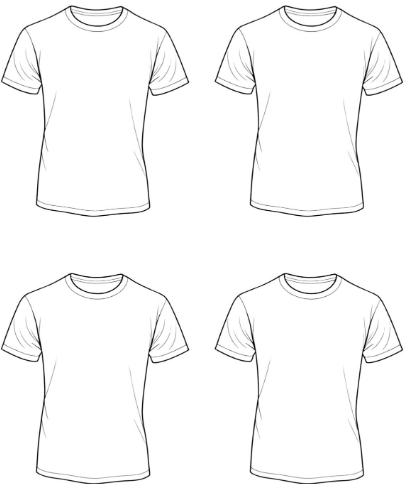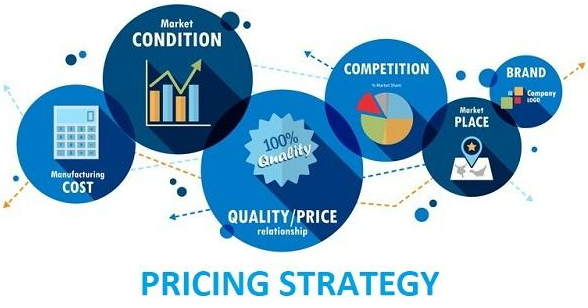Here are the steps to choose T – shirts from a garment factory to start a T – shirt business:
1. Define your target market and brand positioning
Understand your customers: Determine the age group, gender, style preferences (e.g., casual, sporty, trendy), and purchasing power of your target customers. For example, if your target market is young athletes, you might focus on moisture – wicking and breathable T – shirts with a sporty design.
Brand identity: Decide on the brand image you want to project. Is it a high – end, luxury brand with premium – quality T – shirts, or a budget – friendly, street – wear inspired brand? This will influence the types of T – shirts you choose, such as the fabric quality, design complexity, and branding elements.

2. Research garment factories
Quality reputation: Look for factories with a good track record of producing high – quality T – shirts. You can ask for samples from different factories to assess the fabric quality, stitching, and overall workmanship. Check online reviews and industry forums for feedback from other businesses that have worked with the factory.
Range of styles and customization options: Ensure that the factory can produce the styles of T – shirts you have in mind. Some factories may specialize in basic crew – neck T – shirts, while others offer a wider range including V – necks, long – sleeves, and raglan – sleeve designs. Also, consider whether the factory can handle customizations like printing, embroidery, or unique fabric treatments.
Minimum Order Quantity (MOQ): Find out the MOQ requirements of different factories. If you’re just starting out, you may want to work with a factory that has a relatively low MOQ so that you can test the market without over – investing in inventory. However, keep in mind that lower MOQ may sometimes come with a higher cost per unit.

3. Examine T – shirt designs and styles
Classic vs. trendy: Decide whether you want to focus on classic, timeless T – shirt designs that have a long – term appeal or trendy designs that can attract fashion – forward customers. Classic designs like plain – colored crew – neck T – shirts are always in demand, while trendy designs might include graphic prints inspired by current pop – culture trends, oversized silhouettes, or unique cut – outs.
Fit: The fit of the T – shirt is crucial. There are different fits available, such as regular fit, slim fit, and oversized fit. Test the samples to see how the T – shirts fit on different body types and choose the fits that align with your target market’s preferences. For example, a young and fashion – conscious market may prefer slim – fit T – shirts, while a more relaxed and casual market might go for regular – fit or oversized T – shirts.

4. Pricing and cost analysis
Cost breakdown: Understand the cost structure of the T – shirts from the factory. This includes the cost of materials, manufacturing, printing (if applicable), and any other additional fees such as packaging and shipping. Calculate the cost per unit and compare it with your target selling price to ensure that you have a sufficient profit margin.
Value for money: Consider the perceived value of the T – shirts by your customers. A higher – quality T – shirt with better materials and workmanship may justify a higher price point. However, you also need to balance this with market competition and your target market’s price sensitivity.


